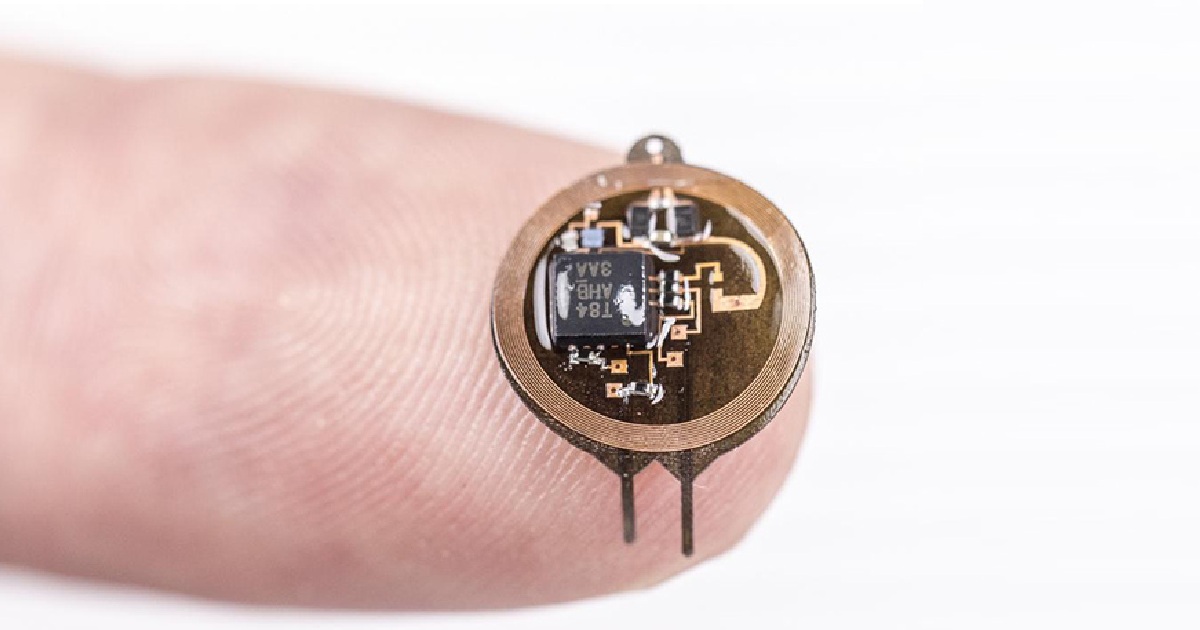Advanced Wireless and Battery-Free Optogenetics Device to Control Neuronal Activation
Medgadget | January 08, 2019

Researchers at the University of Arizona have developed an advanced optogenetics device that can stimulate multiple areas of the brain at once and control the intensity of emitted light. The miniaturized device is wireless and battery-free, and the researchers hope that it will pave the way to treating severe neurological disorders and controlling chronic pain. Optogenetics involves loading specific neurons with proteins called opsins, which can stimulate a neuron to fire when exposed to light. At present, the technique is primarily a research tool to help scientists work out how the brain operates. “We’re making these tools to understand how different parts of the brain work,” said Philipp Gutruf, a researcher involved in the study. “The advantage with optogenetics is that you have cell specificity: You can target specific groups of neurons and investigate their function and relation in the context of the whole brain.”
However, the technique also has enormous therapeutic potential. For instance, in the future clinicians could use it to activate neurons to restore movement in paralyzed patients, or deactivate neurons that cause pain. However, accurately and conveniently administering light to the brain has posed a hurdle. To date, optogenetic devices have been bulky, visibly protruding from the skull, and have only allowed researchers to stimulate one area of the brain at a time. In addition, altering the frequency or intensity of the administered light has not been possible, limiting the level of control that a clinician might exert.